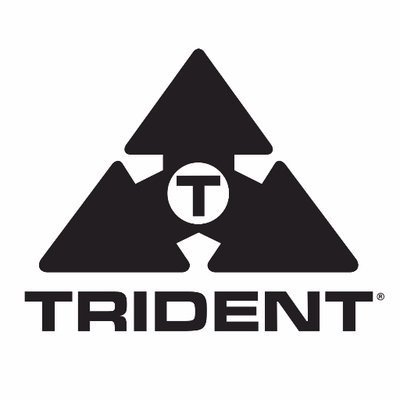Trident Audio A-Range 500
888,00 €*
Verfügbarkeit: Bitte kontaktieren Sie uns in dringenden Fällen.
Hersteller:
Trident
Beschreibung
Produktinformationen "Trident Audio A-Range 500"
Sicherheits- und Warnhinweise
| Sicherheits- und Warnhinweise: | Die spezifischen Sicherheitshinweise für das Produkt sind in dessen Bedienungsanleitung aufgeführt. |
|---|
Herstellerinformationen

Trident
Trident Audio Developments
1845 W 169th Street Gardena, CA 90247 USA
https://tridentaudiodevelopments.com/
Tech-Info



